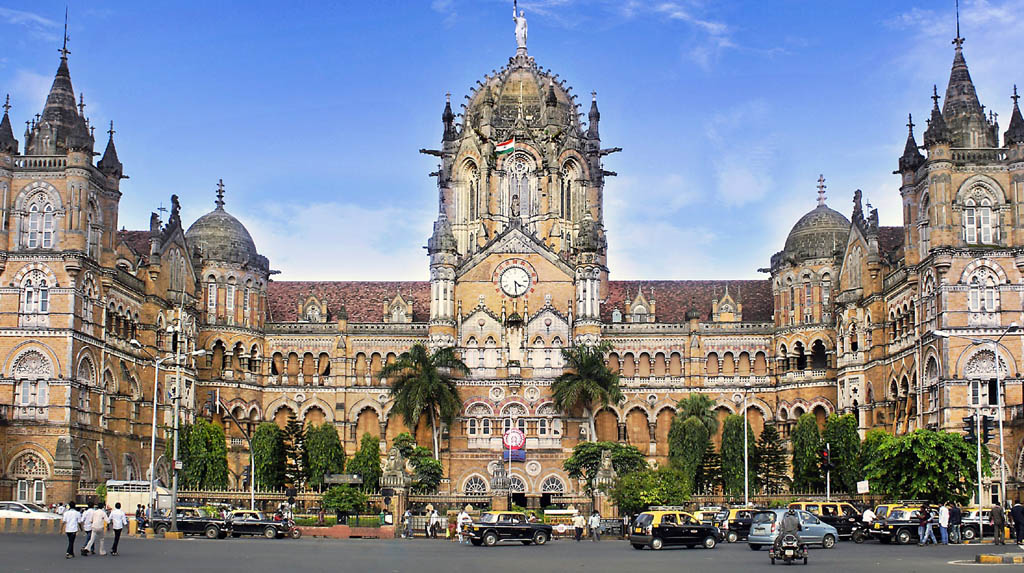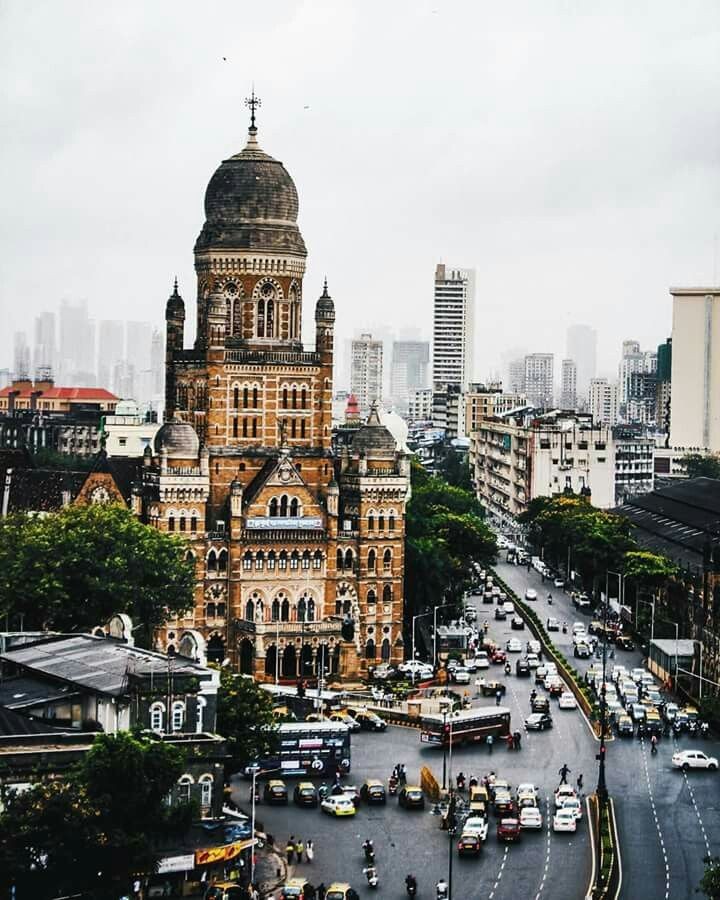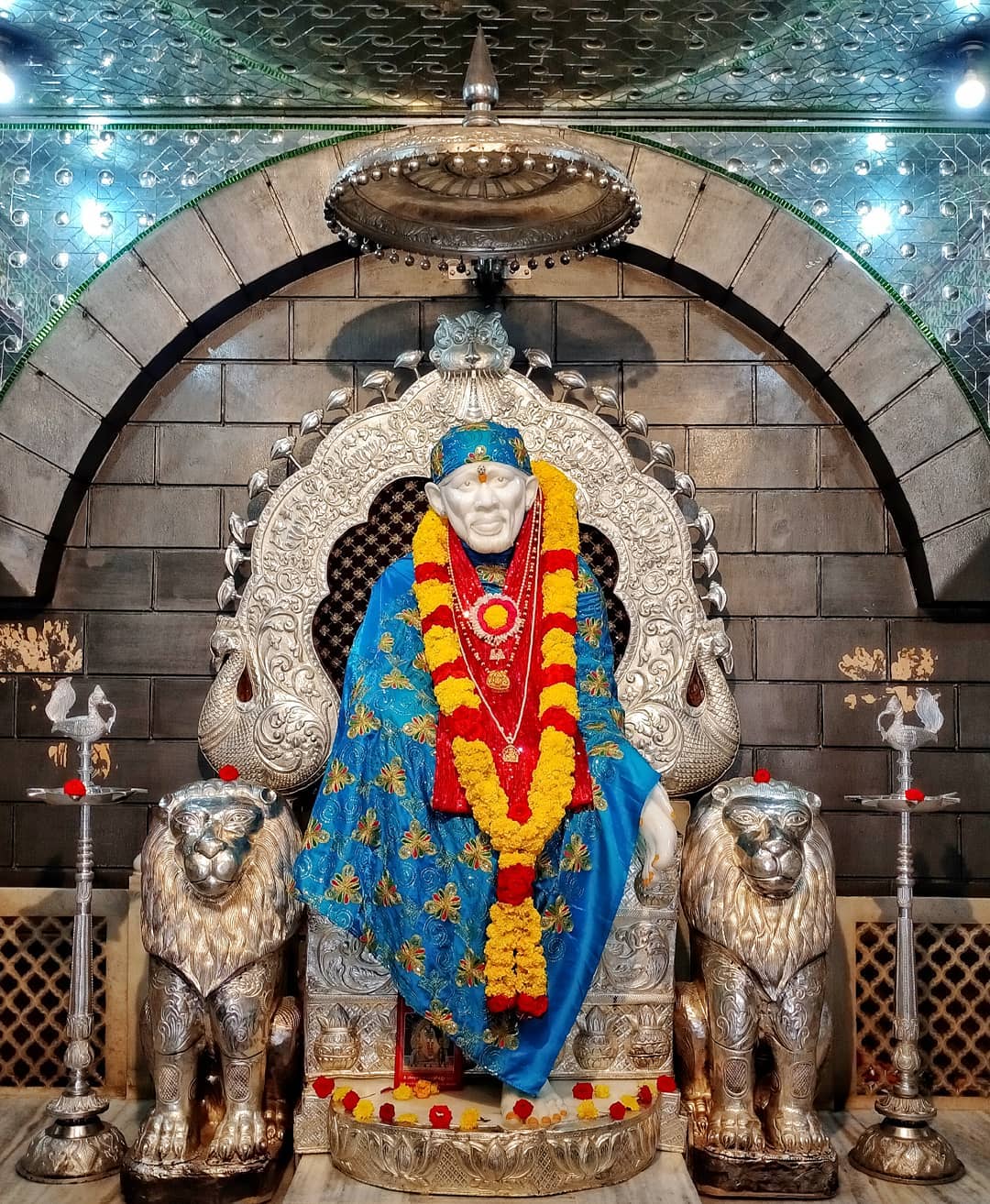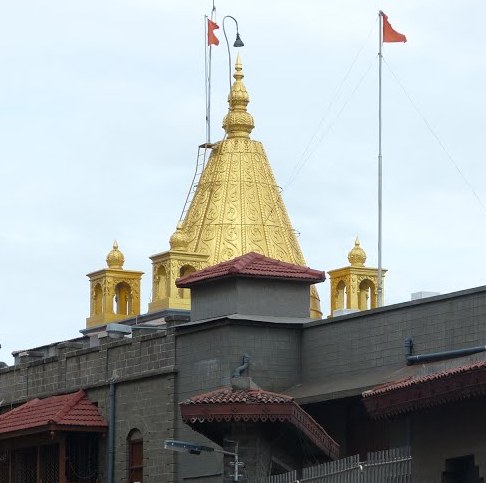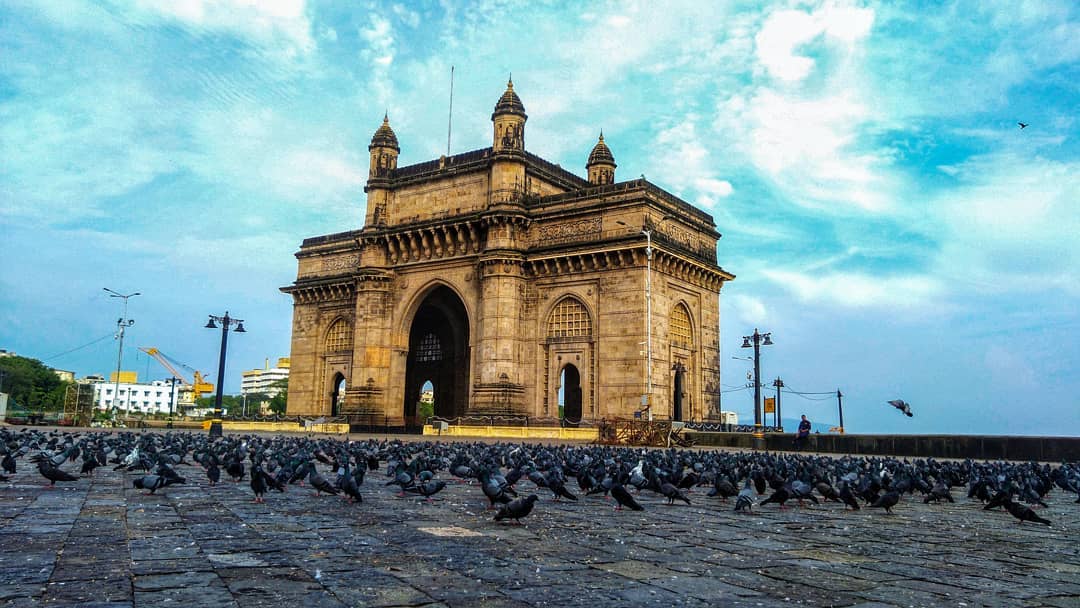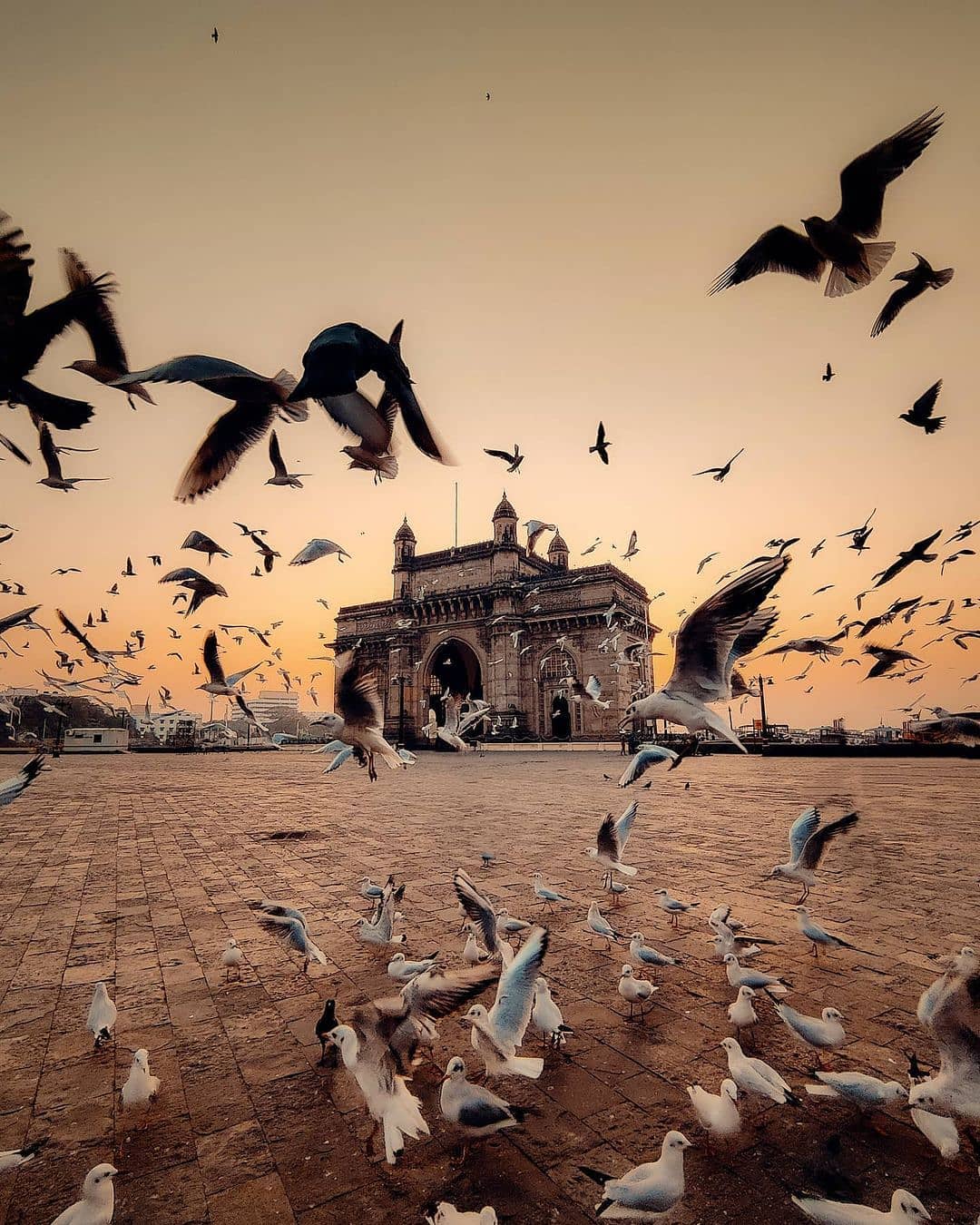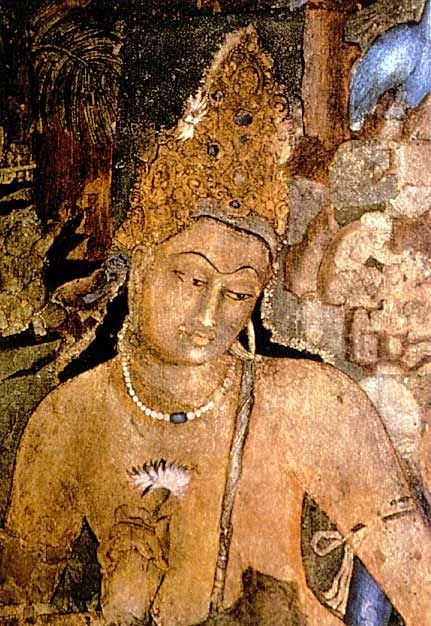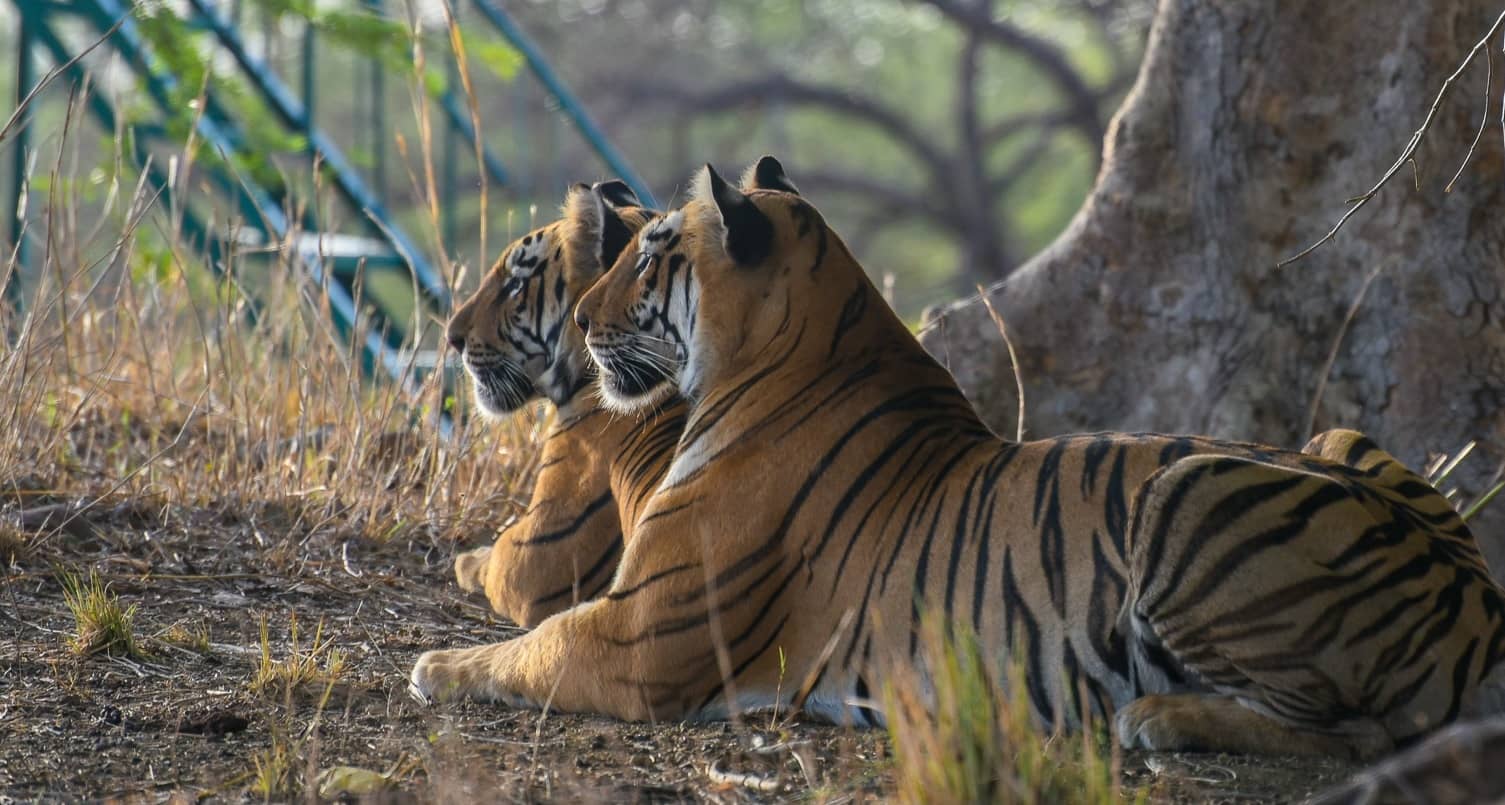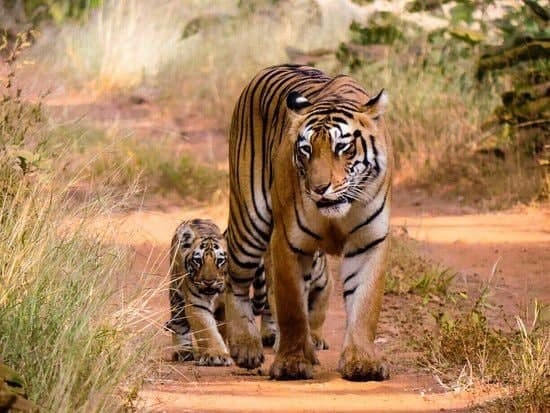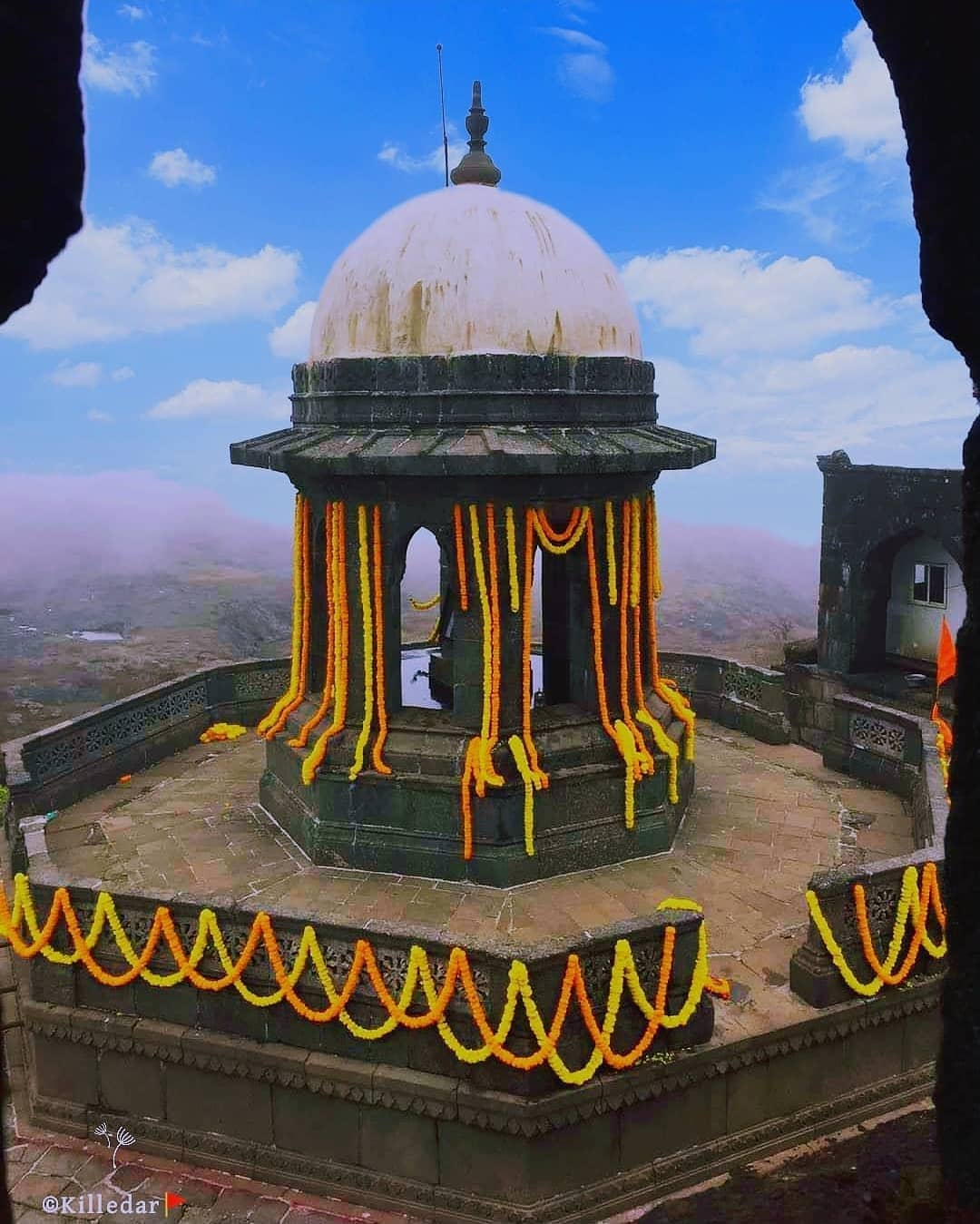
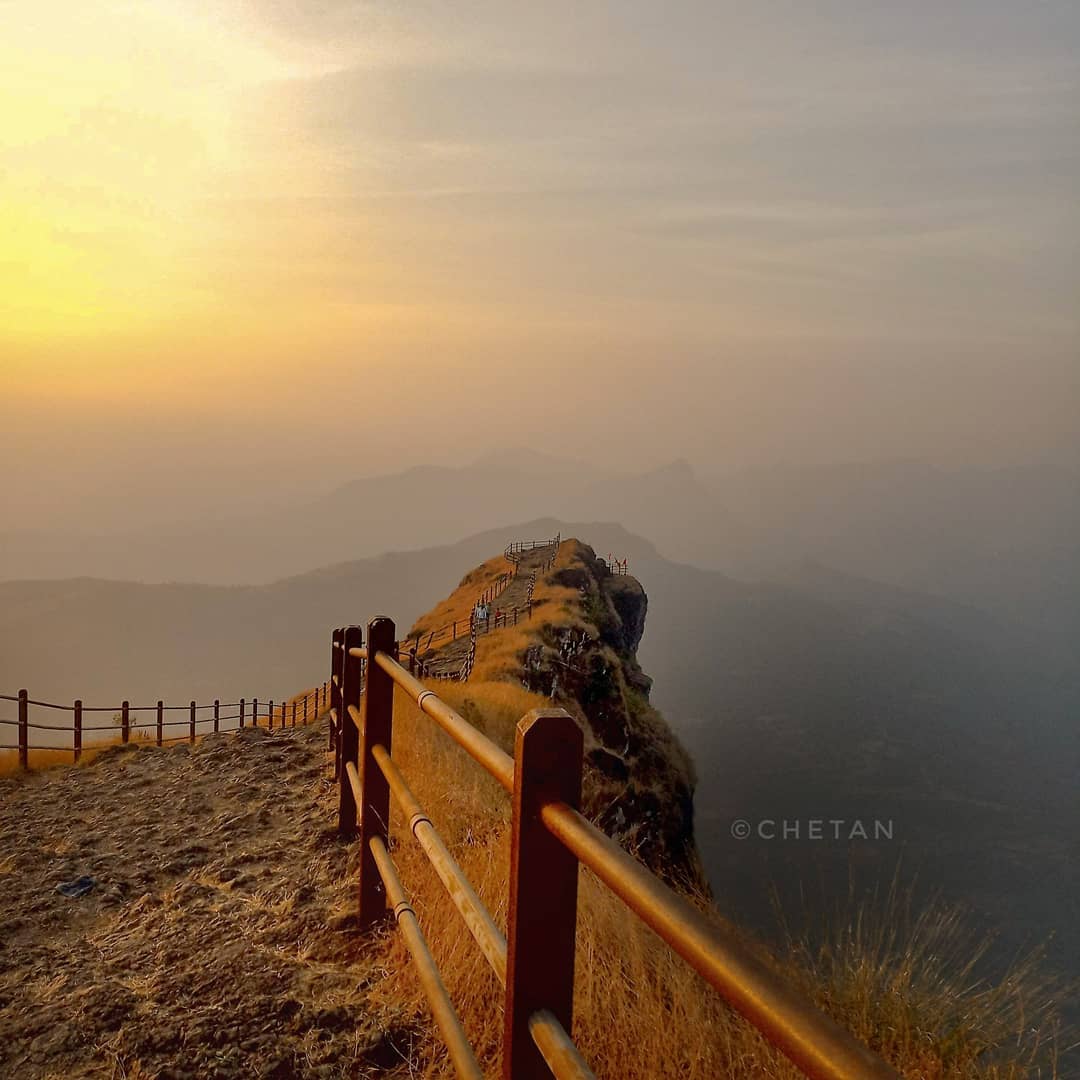
RAIGAD FORT
LOCATION : Raigad, Maharashtra 402305
TRANSPORTATION : Raigad Fort is well connected to Raigad district by roads.
NEARBY ATTRACTIONS : The Jagadishwar Temple, The Gangasagar Lake, Raigad Museum.
Raigad is a hill fort situated at about 25 Km from Mahad in the Raigad district. Chhatrapati Shivaji renovated this fort and made it his capital in 1674 AD. The rope-way facility is available at Raigad Fort, to reach at the fort from ground in few minutes.
The fort also overlooks an artificial lake known as the ‘Ganga Sagar Lake’. The only main pathway to the fort passes through the “Maha Darwaja” (Huge Door). The King’s durbar inside the Raigad Fort has a replica of the original throne that faces the main doorway called the Nagarkhana Darwaja. This enclosure had been acoustically designed to aid hearing from the doorway to the throne. The fort has a famous bastion called “Hirakani Buruj” (Hirkani Bastion) constructed over a huge steep cliff.
While exploring the fort is intriguing, the experience of getting to it is also quite thrilling. One needs to climb 1,737 steps to reach this hill fort, which is surrounded by lush greenery and picturesque views. To get a sweeping view of the area, you can take the Raigad ropeway that takes about 10 minutes to reach the fort. For those with an adventurous side, trekking is the best option.
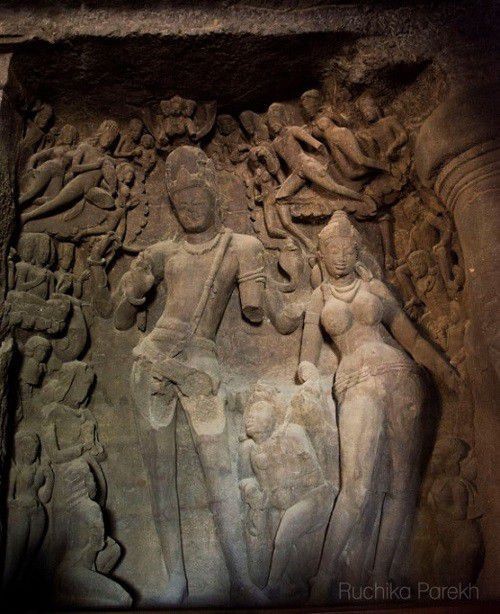
.jpg)
